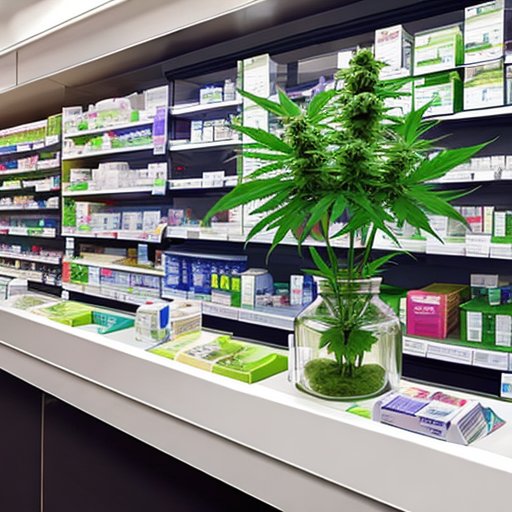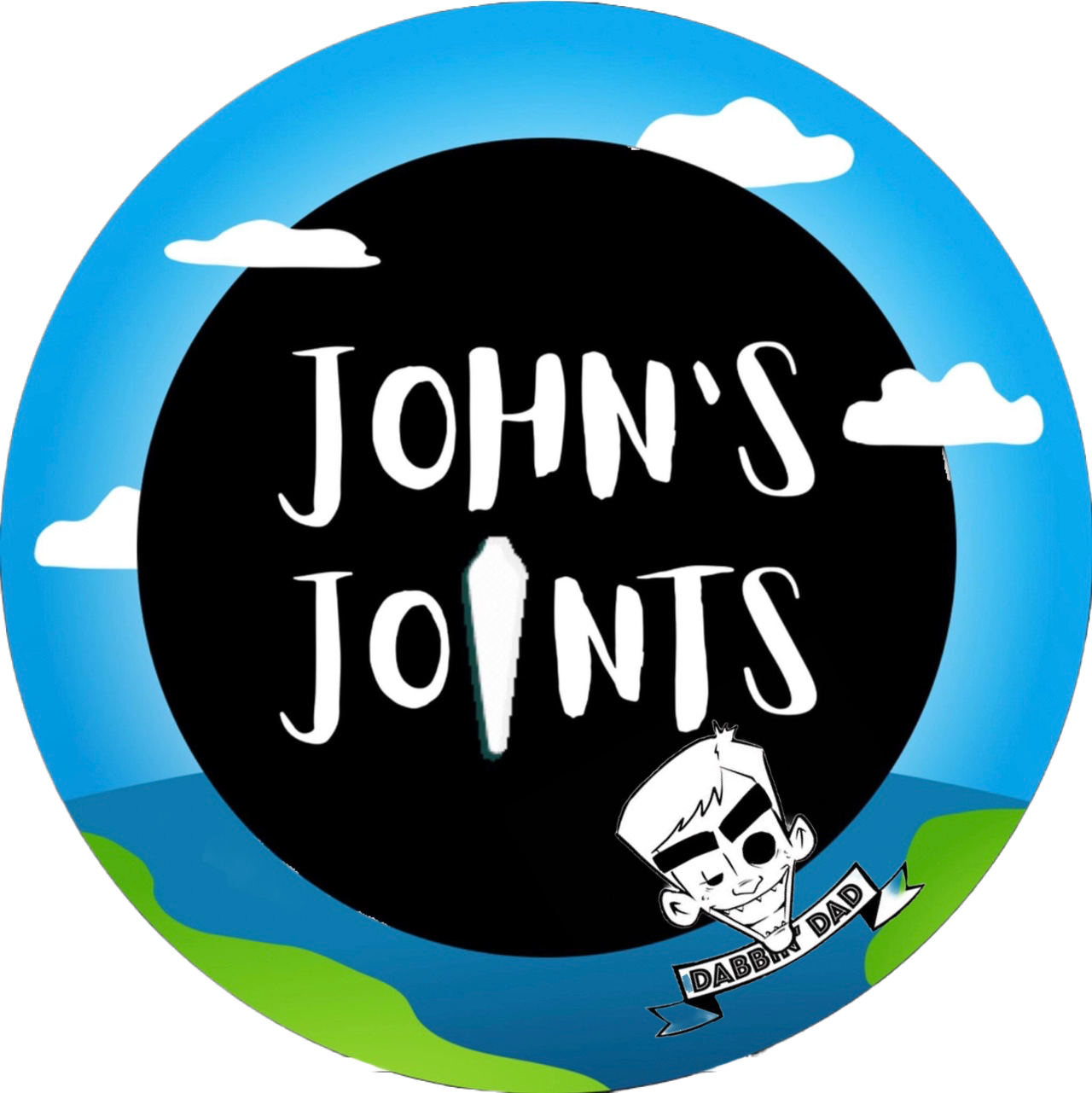
Let me tell you something that’s been gnawing at the edges of my consciousness for quite some time. The times they are a-changin’, and if there’s one thing that’s evolved more rapidly than our collective psyche, it’s the way we look at those little green leaves we call “marijuana.” Yes, I’m talking about the reclassification of marijuana from a Schedule 1 drug to a Schedule 3. It’s a crazy ride into the heart of the American War on Drugs.
The notion of reclassifying marijuana is like a neon light beckoning us to the edge of the rabbit hole, promising a journey through the labyrinth of politics, science, and society. And we’ll need to be in our finest Dabbin-Dad attire to navigate the murky waters of drug policy reform. Angst and Chaos in Marijuana Rescheduling, my friends, begins here
Picture this: A world where marijuana is no longer a pariah, but a Schedule 3 drug. If this were to happen, it would be a seismic shift in the very bedrock of the American drug laws. The ganja, once a symbol of rebellion and counterculture, could become as mainstream as your morning coffee.
In this brave new world, marijuana would be recognized for its medicinal value, an elixir to alleviate human suffering. Doctors, in their pristine white coats, could hand out prescriptions for cannabis, as casually as a pat on the back. Those suffering from chronic pain, anxiety, and a myriad of other ailments could find solace in a joint, rather than a pharmacy full of pharmaceuticals.
But it wouldn’t just stop there. The dank aroma of freedom would waft through the land, like a sweet smoke. Criminal penalties for marijuana offenses would crumble like a sandcastle before the incoming tide. Those who had suffered under the yoke of marijuana-related convictions might finally see the dawn of redemption.
The research frontier would expand, unveiling the secrets of the plant, revealing its intricacies, the delicate dance between cannabinoids, terpenes, and the human endocannabinoid system. Researchers, in their white lab coats, would explore the intricacies of this green wonder, unlocking its potential as a panacea for an array of ailments, mental and physical.
But hold on, it wouldn’t be all sunshine and rainbows. A brave new world would come with regulations and bureaucracy. Marijuana would become just another commodity, packaged, regulated, and taxed. Federal agencies, like the FDA, would peek over our shoulders, ensuring that your stash of weed is produced, labeled, and marketed in a way that suits their whims.
The journey wouldn’t be complete without a pit stop in Sin City, where the sinuous dance of taxation and revenue would play out in a haze of profit. The government, eager to fill its coffers, would slap a hefty tax on each bud. A world that once nurtured the illegal underground market would transform into a capitalist utopia.
But in the midst of this merry-go-round, some things would remain the same. Age restrictions would be in place, much like the barriers to alcohol and tobacco. Just because marijuana is on the path to legalization doesn’t mean your kid brother can stroll into the local dispensary and get some weed.
And what about interstate commerce? The very idea of legal marijuana crossing state lines, bound by federal regulations, would spark debates that would make even the wildest Las Vegas casino drama seem tame. Would it become the new gold rush, an opportunity for states to trade their green, cash crop?
The reclassification of marijuana from Schedule 1 to Schedule 3 is no ordinary transition; it’s a journey into the heart of American drug policy. And, my friends, it’s a journey into the brave new world of marijuana. Let us not forget that the landscape remains uncertain. But one thing’s for sure, as we traverse this hazy terrain and the ride is far from over.
Stay Weird,


